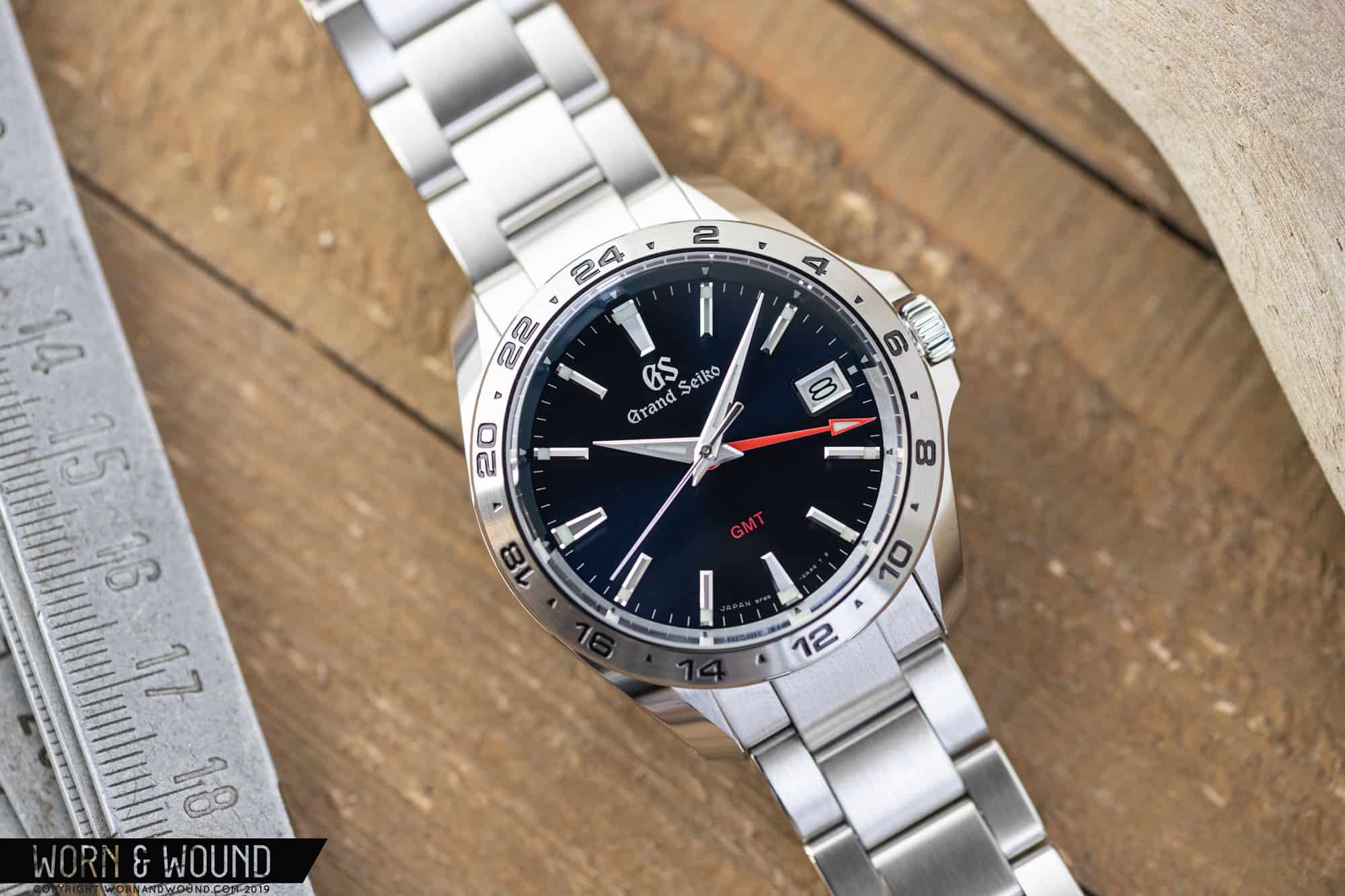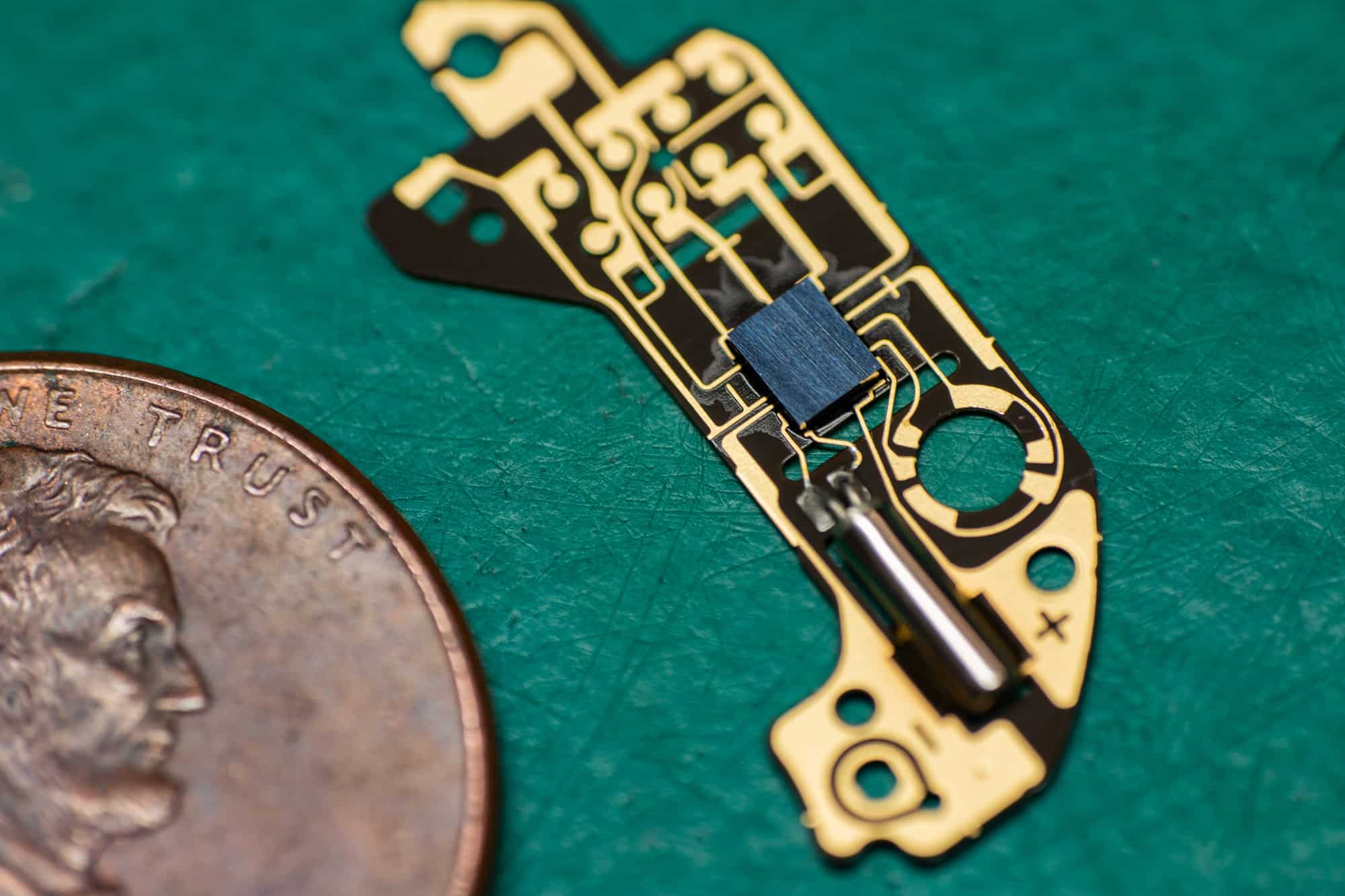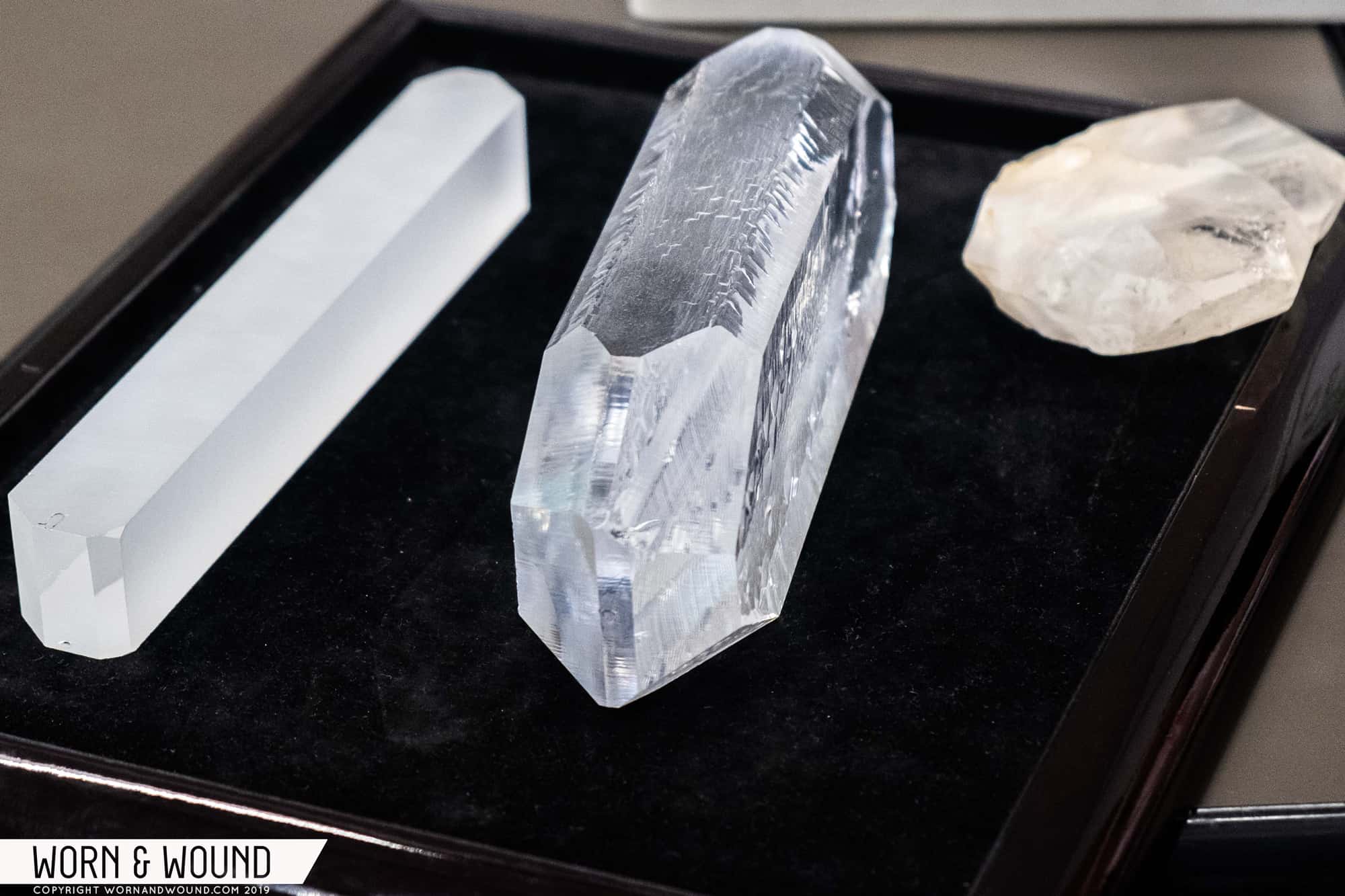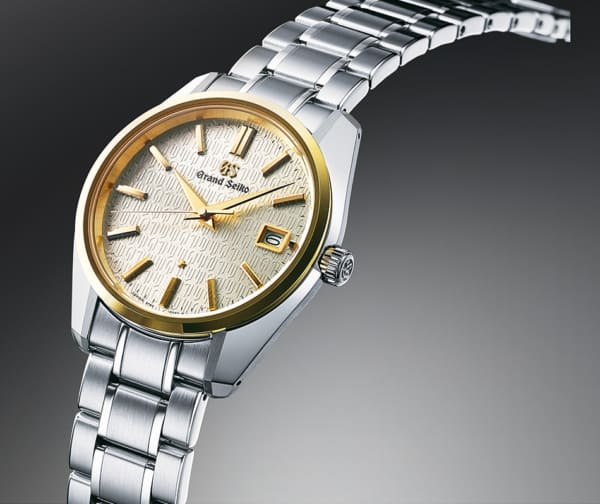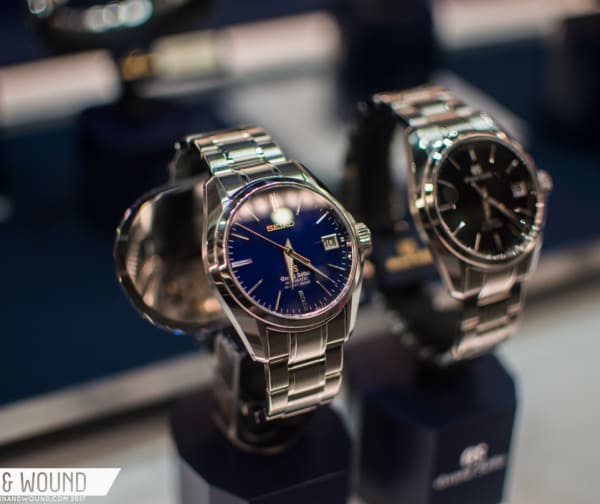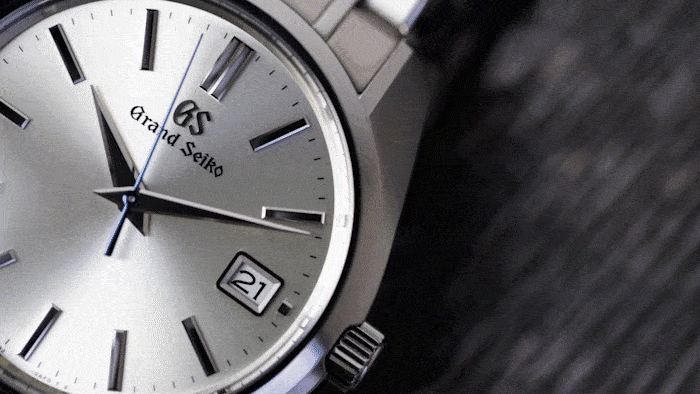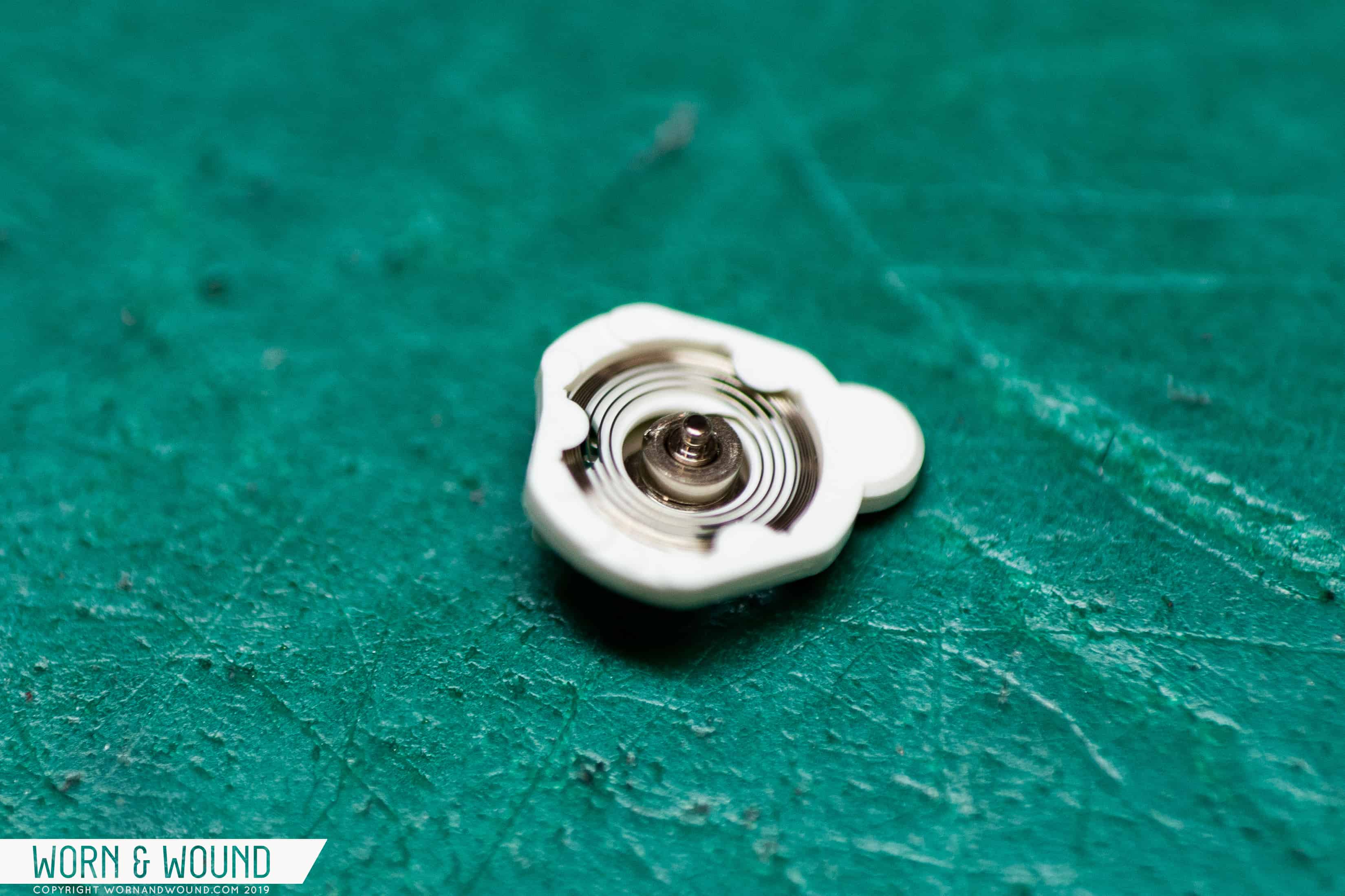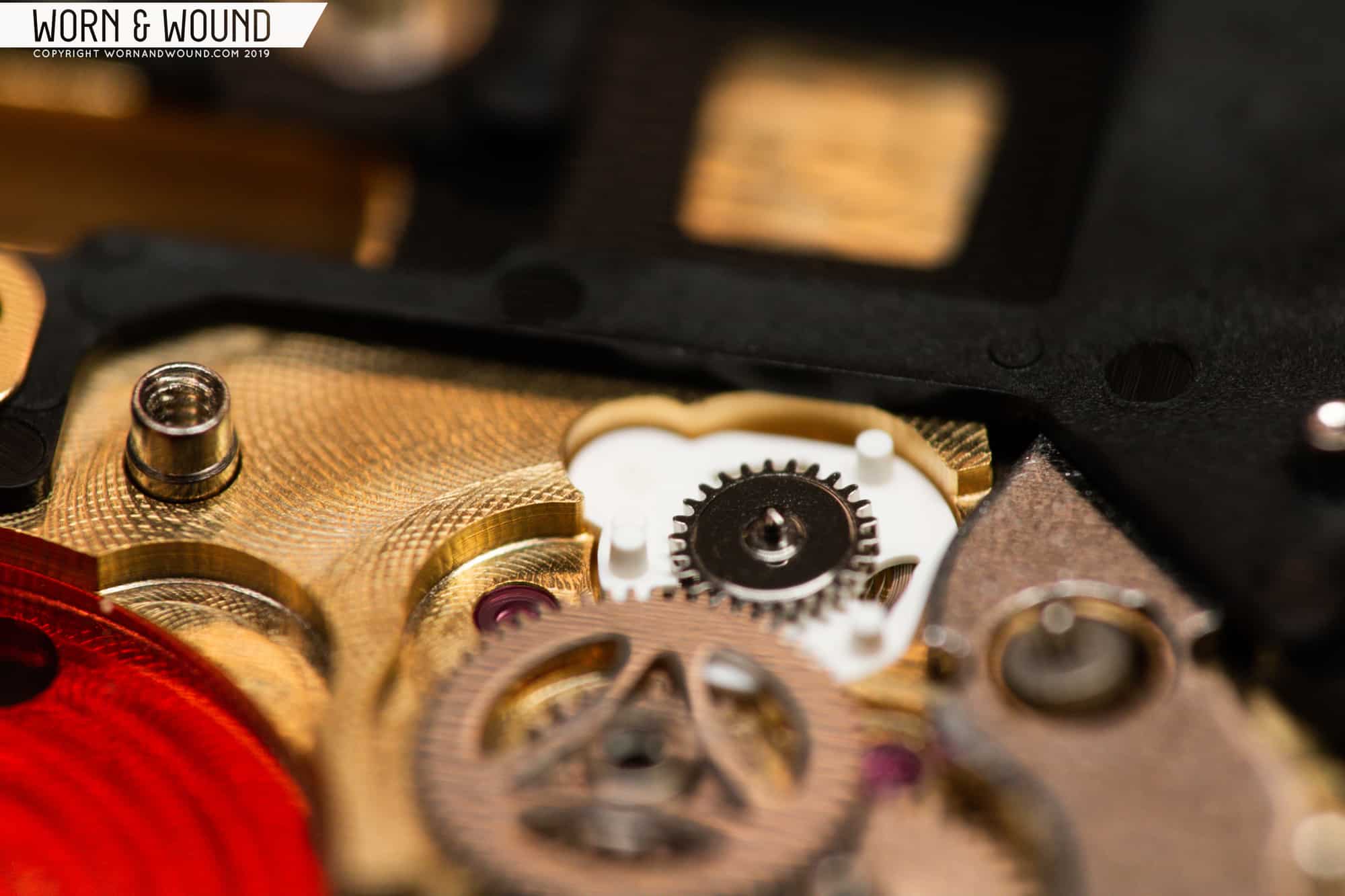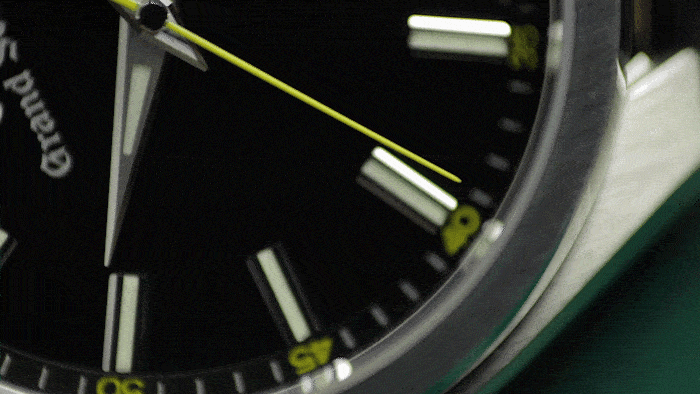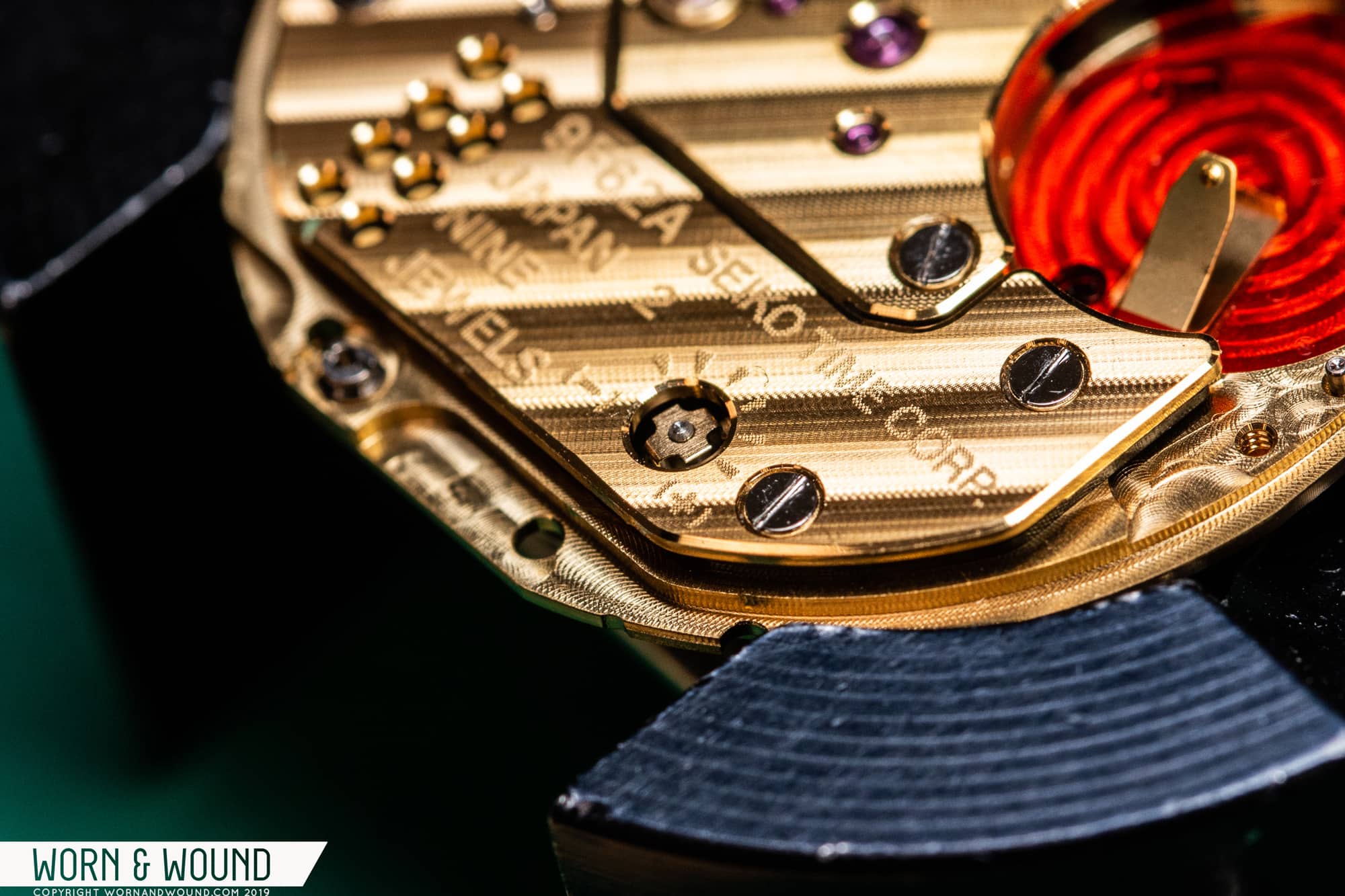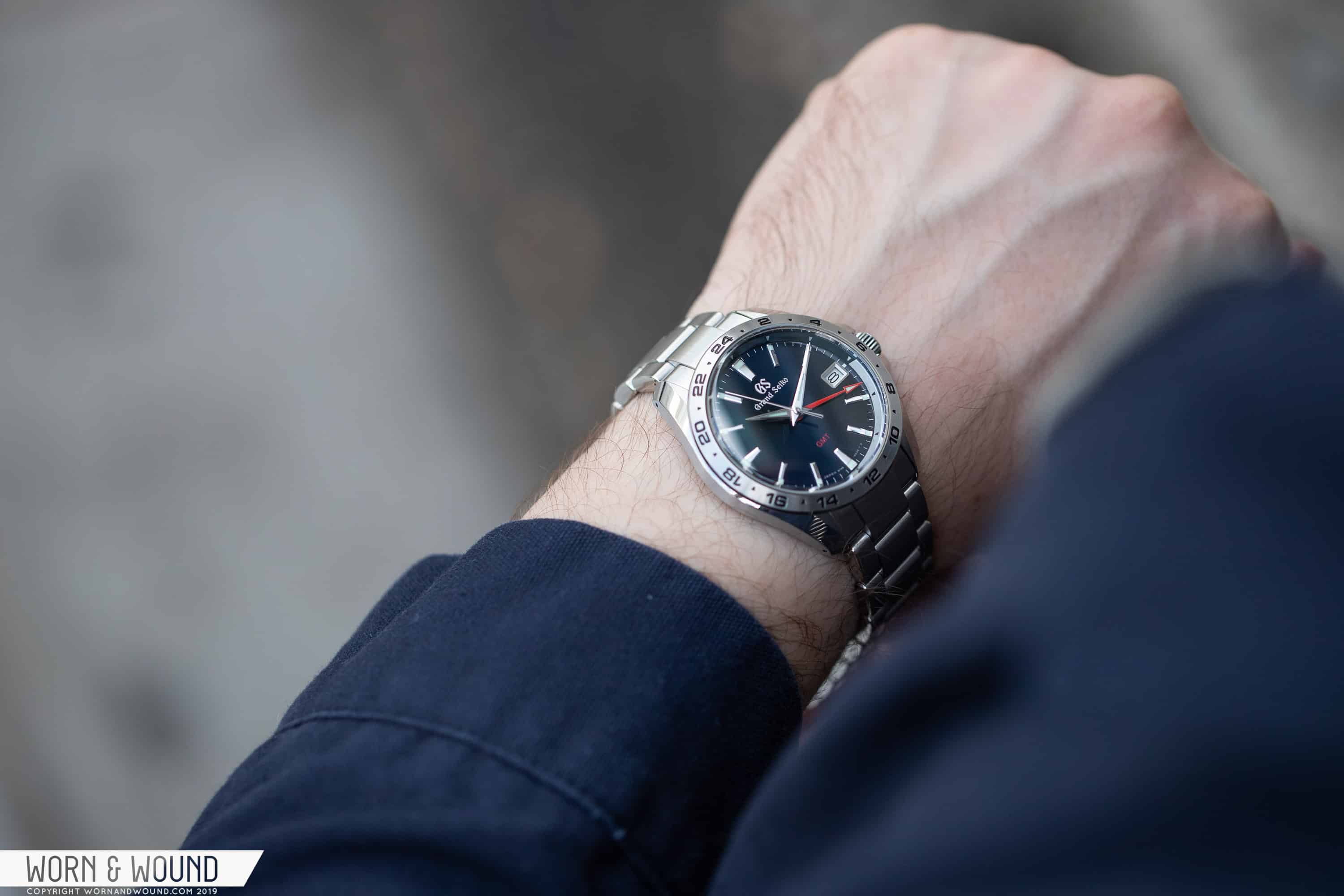Quartz watches tend to get a bad rep with watch lovers, but not all quartz watches are the same. Enter Grand Seiko. The high-end Japanese marque is known for their classic mechanical and Spring Drive calibers, but they also makes some of the most impressive quartz watches currently on the market. In fact, it’s not an understatement to say that Grand Seiko’s 9F quartz calibers, and the watches they live inside, are entirely different beasts altogether. These movements are built and finished to an exceptionally high standard, and they feature full-metal construction and utilize a catalog of in-house technologies to ensure long-term operation and highly-accurate timekeeping.
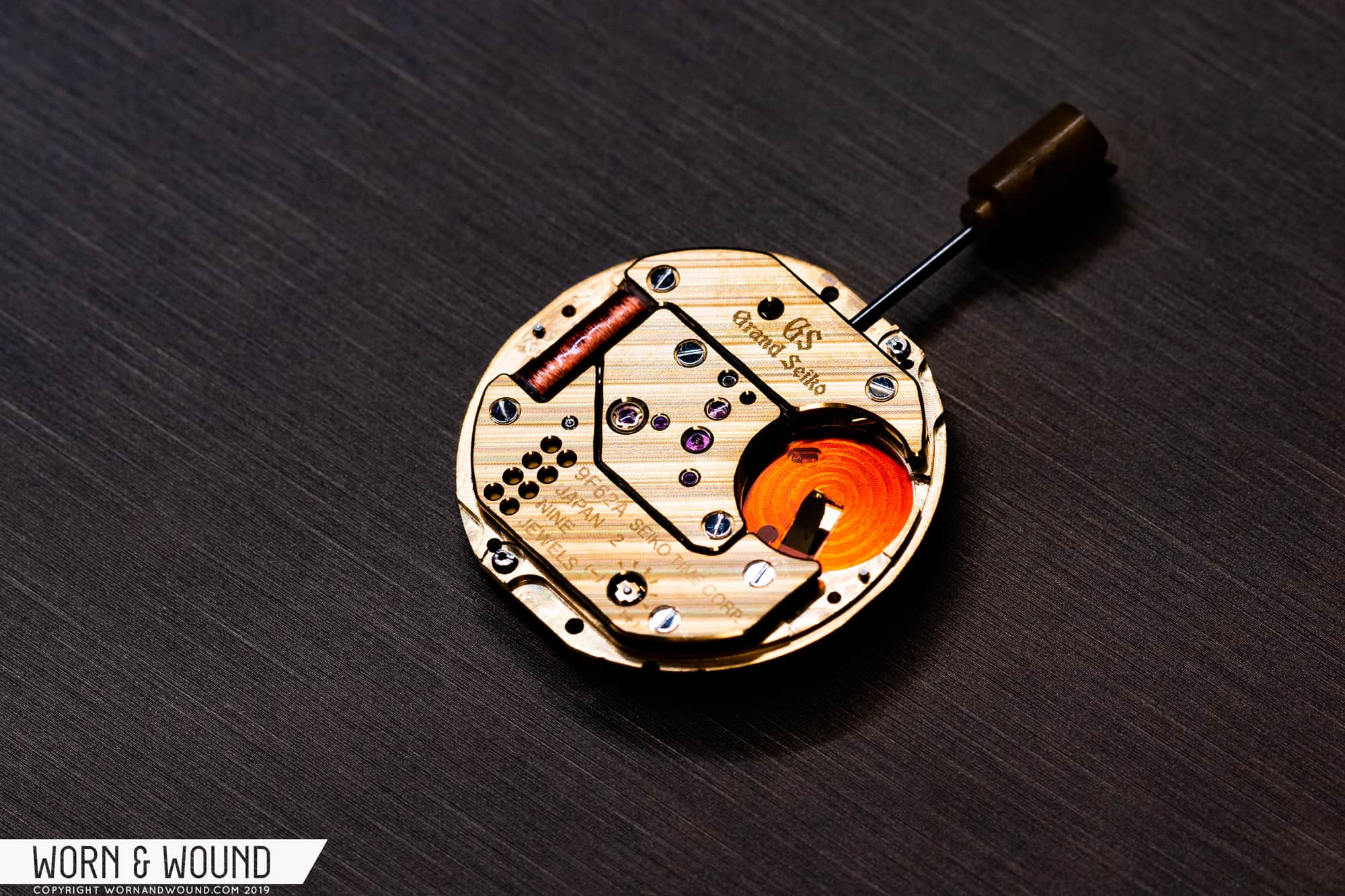
The idea here, and this is something I heard directly from Grand Seiko’s engineers when I toured the company’s facilities last year, is that these movements are engineered much in the same way Grand Seiko’s mechanical movements are. To that point, they’re designed to be serviced should something go wrong mechanically, and they’re not meant to be discarded and replaced like many cheaper, mass-produced quartz movements are.









 Featured Videos
Featured Videos




